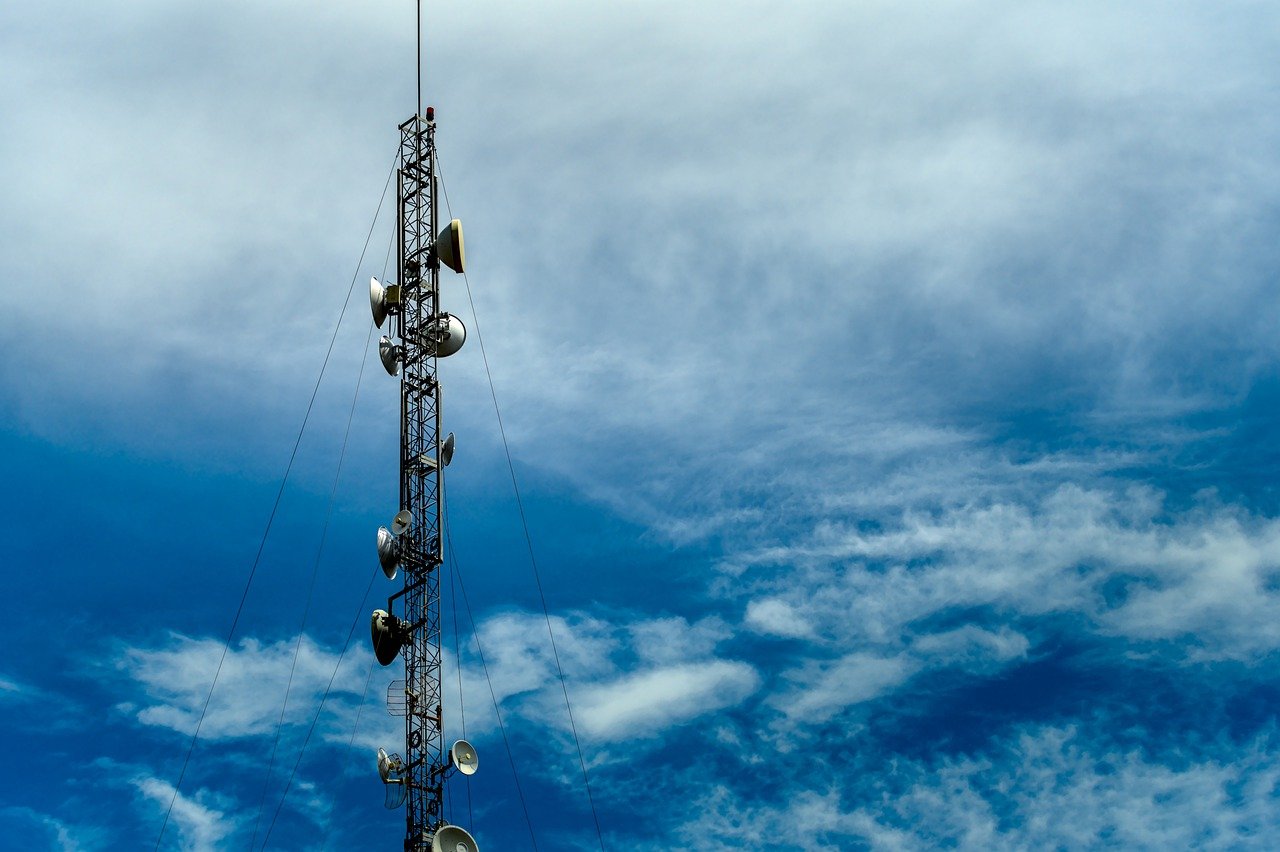
This week and next week, Innovation Origins is looking at the growing influence of wireless communication within today’s society and in particular at data transmission via electromagnetic radio waves with ever-higher frequencies, such as 5G.
Telecom provider VodafoneZiggo made a surprise announcement in April that 5G is already available for anyone who has a subscription with this company. And more importantly, for those who have access to a 5G phone that supports spectrum sharing. This means that you’ll have to empty out your wallet because these kinds of smartphones don’t come cheap. They can easily cost a thousand euros. But, of course, you then have something really special. That’s if you are to believe key account manager John Zijlmans from the Swedish telecom manufacturer Ericsson.
What? Now just how is that possible? Seeing that the very first auction of the frequency spectrum for the new generation of wireless communications, 5G, isn’t taking place until June. That’s when the frequency bandwidth for 700 megahertz will become available. Roll-out of the 3.5 gigahertz bandwidth is set to follow in 2022. In the final phase, 26 gigahertz is scheduled a few years after that. This will enable extremely fast data traffic speeds via these high frequencies.
Software upgrade
The question that Zijlmans needs to address is how this can be achieved when the new bandwidths for 5G are not even in use yet?
When the 4G antennas were installed in 2015, the option of using Ericsson spectrum sharing technology was already taken into account, Zijlmans says. Equipment needed for this has already been incorporated into the various components of the transmission masts at that time. “We’re doing this in order to remain at the forefront of innovation.”
That’s why it was possible to provide a software upgrade to the baseband that controls the radio unit and antenna, according to Zijlmans. This enables the spectrum to be used more efficiently and communication to be faster. Another question for Zijlmans is, what’s behind this higher level of efficiency? The telecom specialist claims that far less data will be transmitted, which he refers to as ‘overhead.’ By this he means information that is sent along with data packets from, for example, a game. Such as information about the receiver of the data and the characteristics of the network. If that kind of information is no longer sent with data, this saves time.
4G and 5G both on the same frequency
The term ‘spectrum sharing’ refers to the use of the frequency spectrum by 5G that was originally reserved for 4G, when it’s also still being used for 4G. As such, the two technologies use the same frequency bandwidth at the same time. That means that they have to share the same bandwidth.
This is how it works. As soon as a mobile phone that supports 5G spectrum sharing makes contact with a base station, it frees up space on the 4G bandwidth for the 5G technology. Another difference with 4G is that the 5G spectrum-sharing cell phone uses the 800 megahertz bandwidth to make contact with a base station. Data packets that are sent, e,g., for a game or a call, are sent through the higher 1800 megahertz bandwidth. Much more space available there to store vast amounts of data. As the frequency is higher, data speeds are also a lot faster than via the 800 megahertz bandwidth.
Large data packets can be sent faster
A 4G mobile device can also communicate via the 1800 megahertz bandwidth. Although it still sends and receives the so-called overhead data. And this means that data is communicated back and forth more slowly than via a 5G spectrum-sharing mobile device. Zijlmans says that you won’t notice much difference during phone conversations. But with games, you will notice, as large data packages are still being sent back and forth then. As a result, data traffic via a 5G spectrum-sharing mobile device is up to 30% faster than via 4G.
It’s not yet clear how many consumers and companies are already hooked up to the new 5G technology from Ericsson and VodafoneZiggo. This has just been introduced. He says that it’s mainly early adopters who already have this kind of 5G spectrum-sharing phone in their pockets. “People – like me – who love trying out the latest technology.”
Read other IO articles about 5G via this link.

